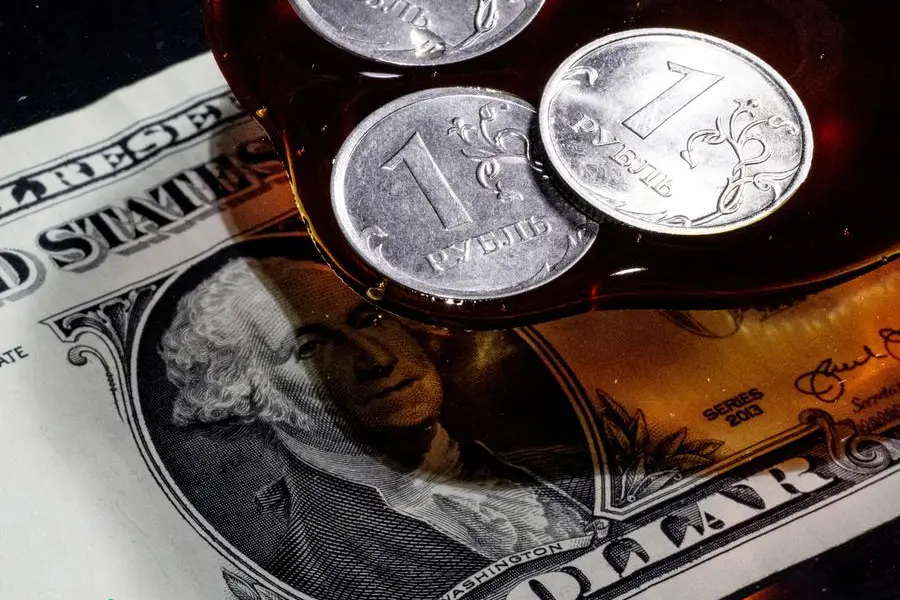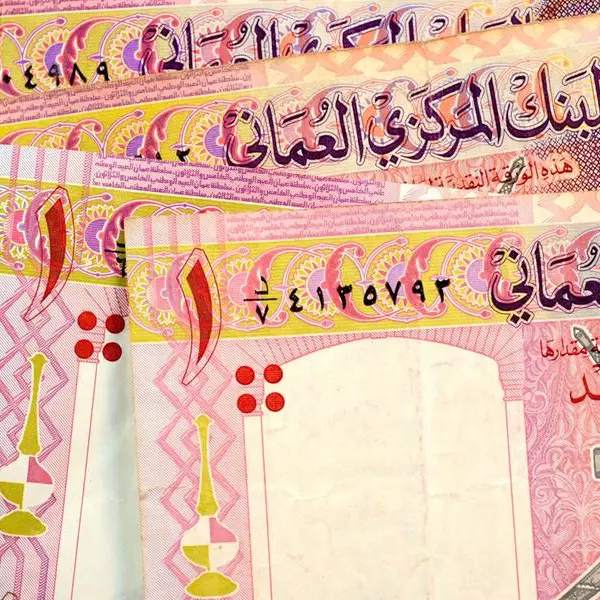PHOTO
The Russian rouble firmed on Thursday, crossing the 70 mark against the euro as it retained artificial support from capital controls, while stocks indexes inched lower.
The rouble has become the world's best-performing currency this year as it obtained support from capital controls that Russia had to impose to shield the financial sector in late February after Moscow sent tens of thousands of troops into Ukraine.
At 0746 GMT, the rouble was 0.9% stronger at 66.59 against the dollar and gained 1.3% to trade at 69.54 against the euro, hovering around levels where it used to trade before the COVID-19 pandemic hit in 2020.
The rouble could firm to 65 to the dollar during the day, Promsvyazbank said in a note.
The rouble is driven by export-focused companies that have to convert their foreign currency revenues, while demand for foreign exchange is limited as imports into Russia have waned amid disruption in logistics and sweeping Western sanctions.
In the longer run, the rouble may see some downside pressure mounting from an increase in imports after Russia allowed so-called parallel imports of goods, analysts say.
Last week, Moscow published a list of goods from foreign carmakers, technology companies and consumer brands that the government has included in a "parallel imports" scheme aimed at shielding consumers from business isolation by the West.
Russian stock indexes were down. The dollar-denominated RTS index shed 0.7% to 1,116.2 points. Its rouble-based peer MOEX was 1.4% lower at 2,353.1 points.
(Reporting by Reuters; Editing by Robert Birsel)





















